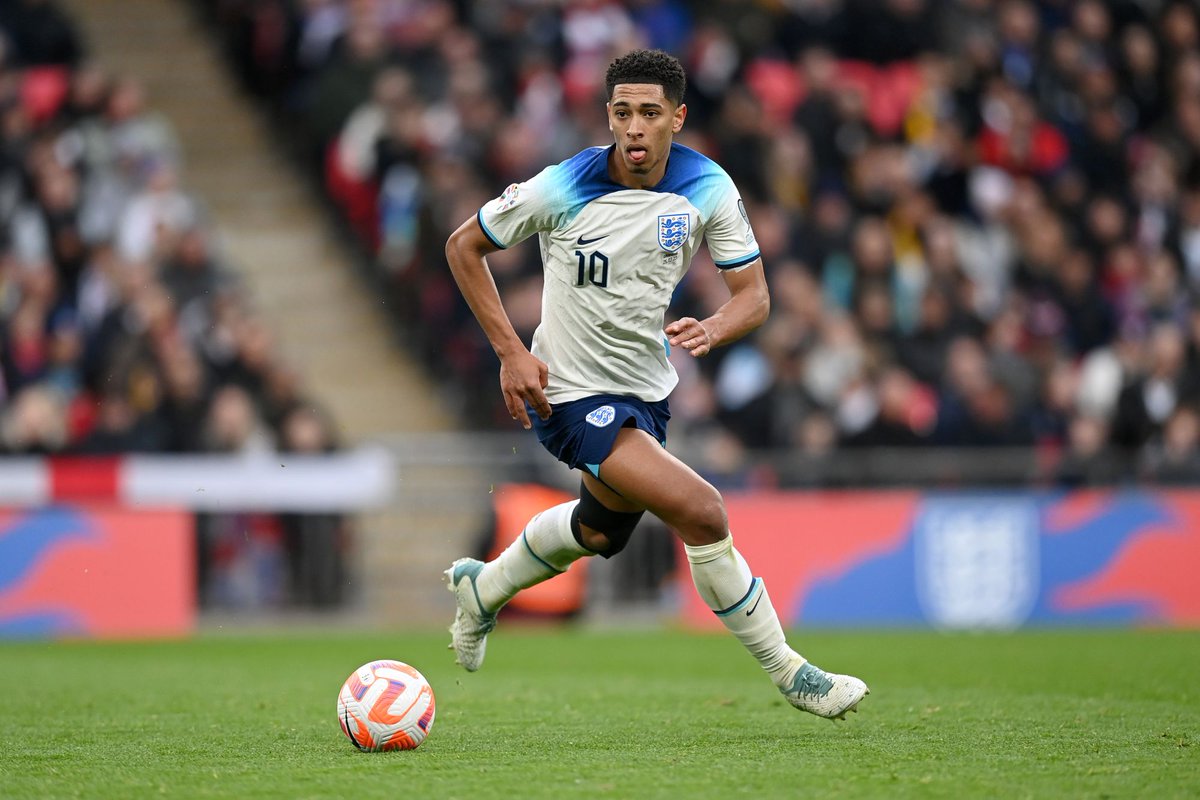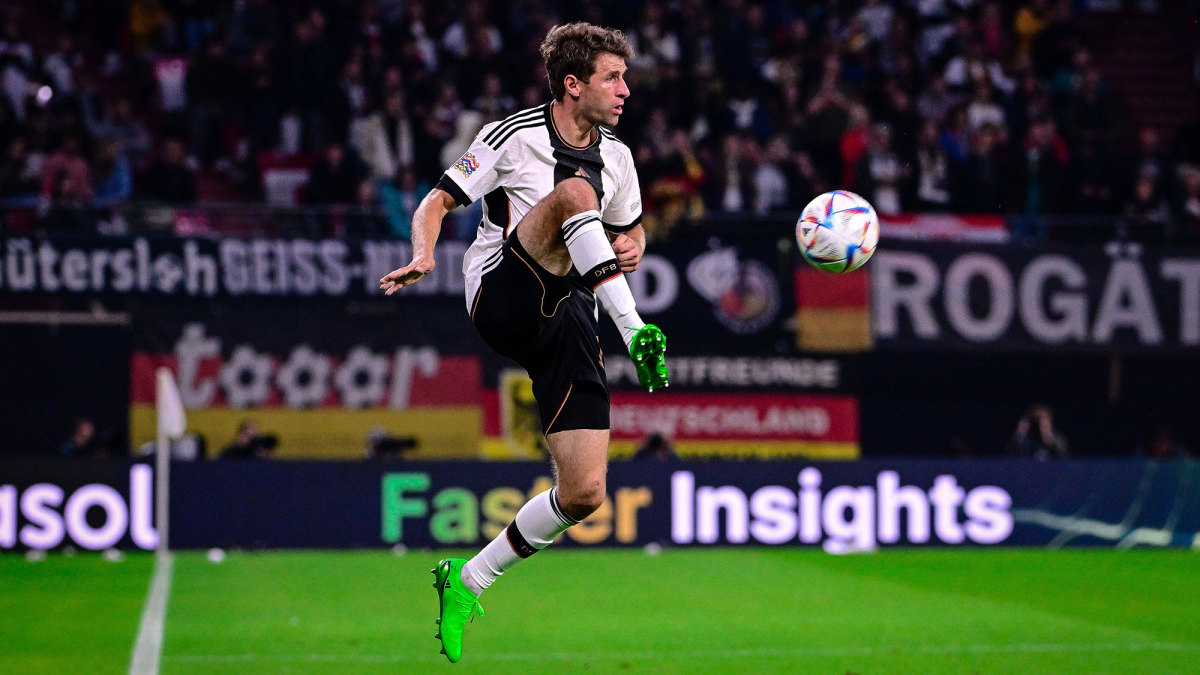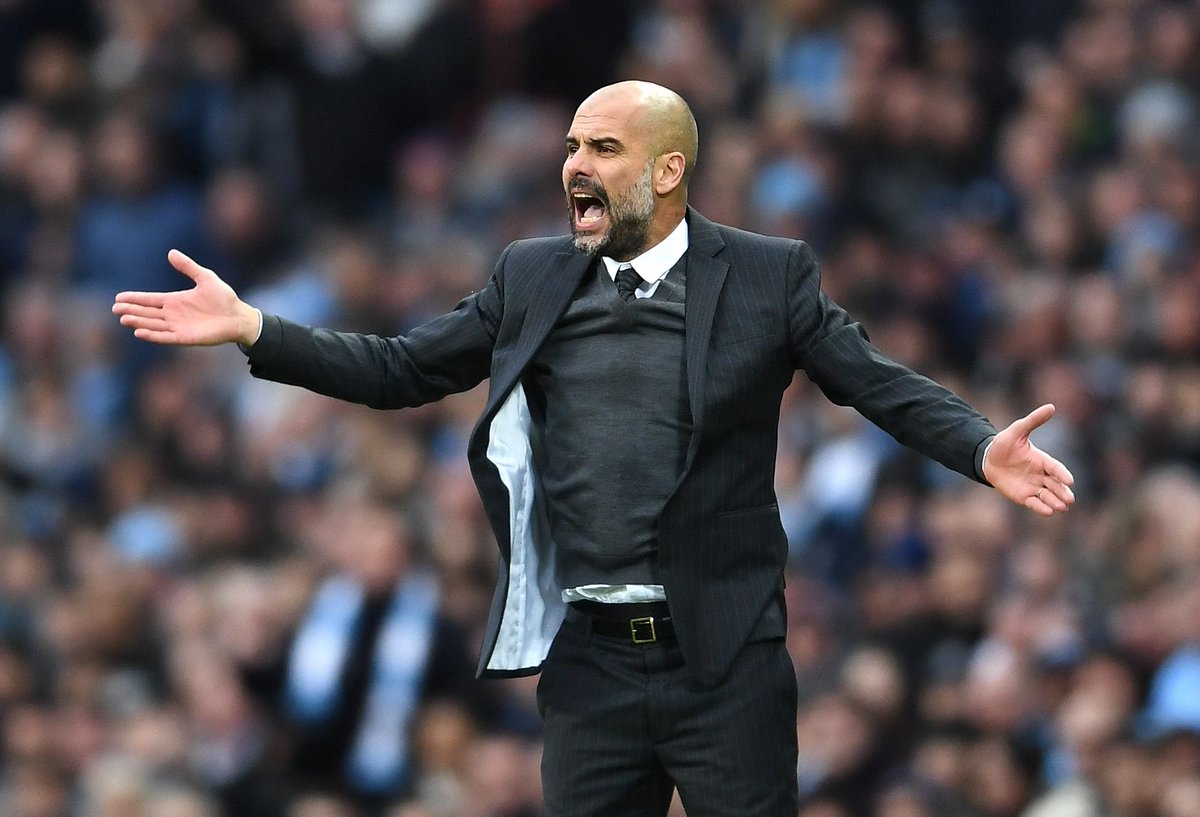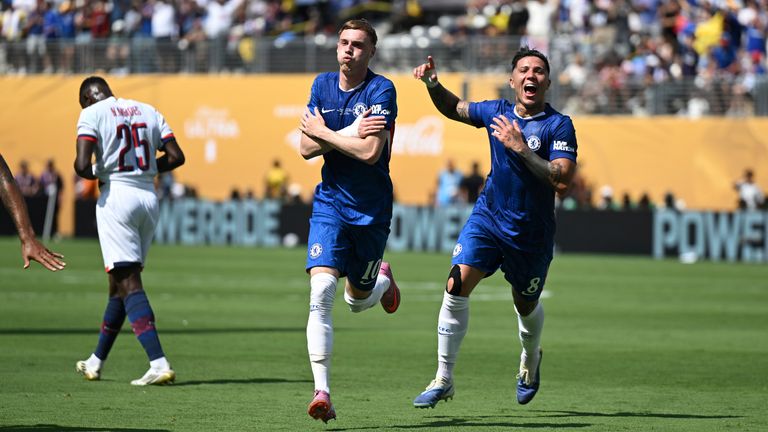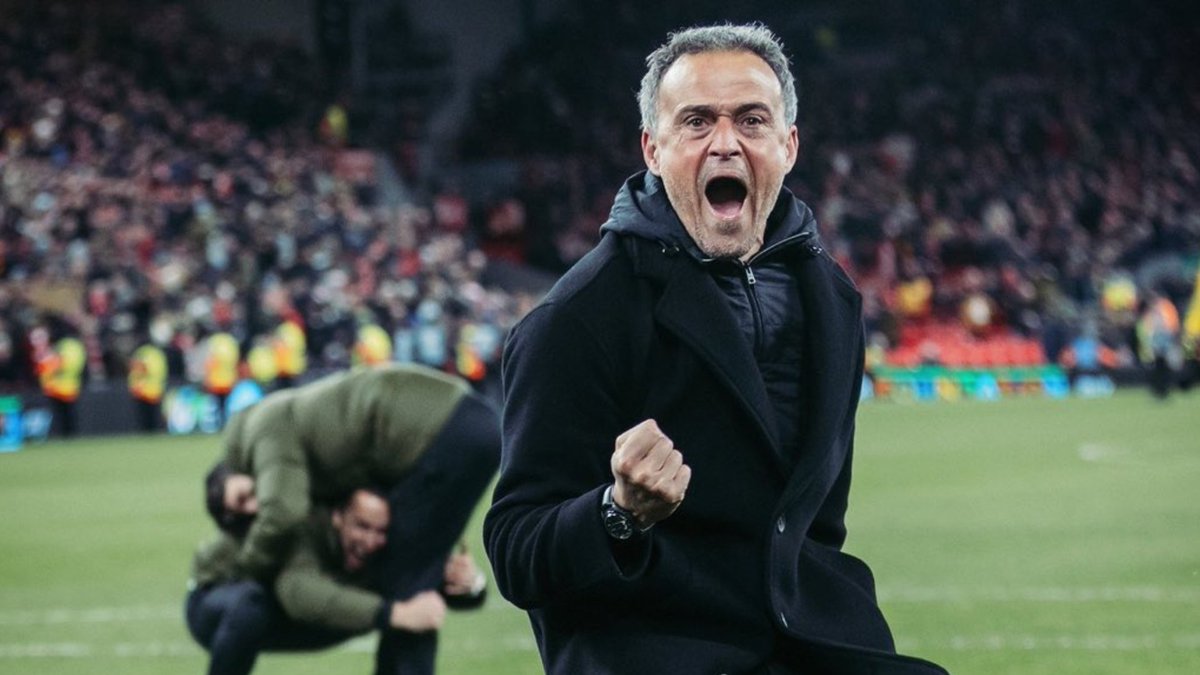Too many players hide.
They play it safe.
They pass when they should dribble.
They stop trying after one mistake.
If you want real attacking players—
You need to coach bravery.
Let’s talk about the most misunderstood trait in player development 🧵
They play it safe.
They pass when they should dribble.
They stop trying after one mistake.
If you want real attacking players—
You need to coach bravery.
Let’s talk about the most misunderstood trait in player development 🧵
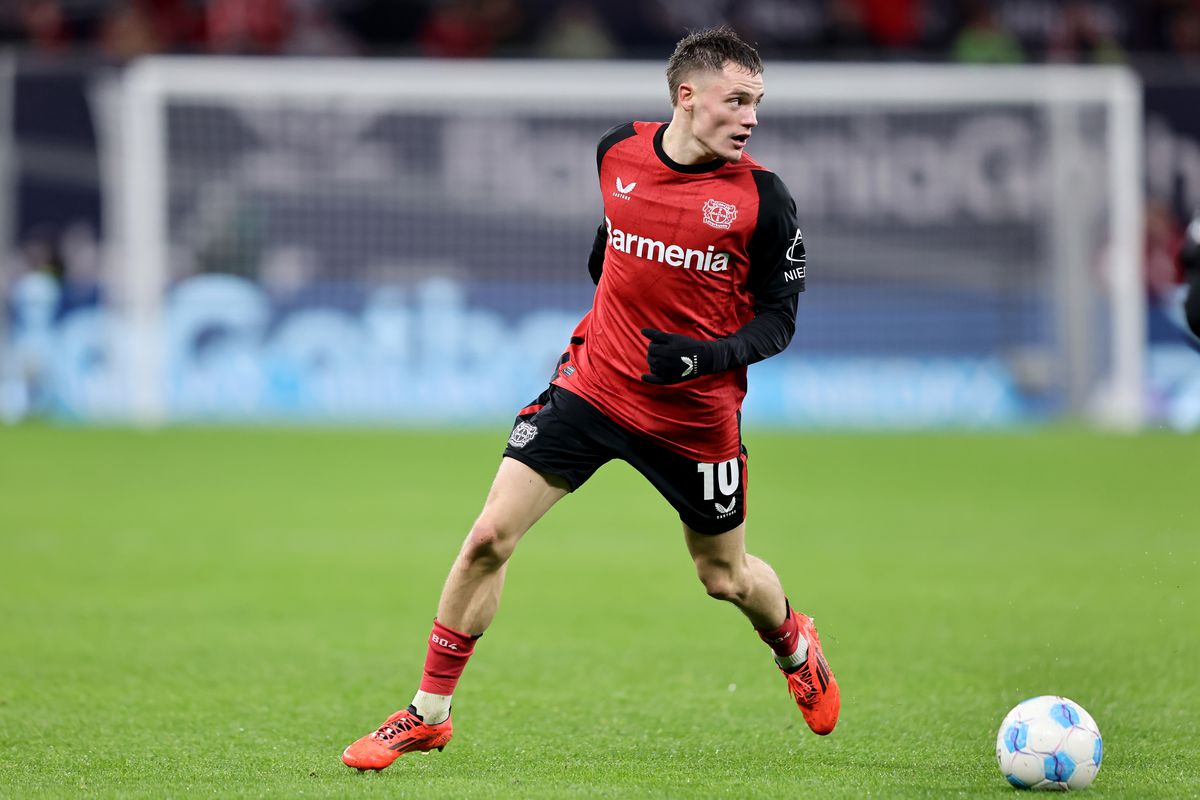
2.
“Bravery” gets misused in coaching.
It’s not running hard.
It’s not shouting louder.
And it’s definitely not reckless play.
Bravery is this:
→ Taking initiative when it matters
→ Trying something, even if it might fail
→ Playing without fear—but with purpose
“Bravery” gets misused in coaching.
It’s not running hard.
It’s not shouting louder.
And it’s definitely not reckless play.
Bravery is this:
→ Taking initiative when it matters
→ Trying something, even if it might fail
→ Playing without fear—but with purpose
3.
Brave players…
• Try to beat their man
• Attempt risky passes under pressure
• Create space with feints
• Demand the ball even after a mistake
That’s where confidence is built.
That’s how match-winners are developed.
Brave players…
• Try to beat their man
• Attempt risky passes under pressure
• Create space with feints
• Demand the ball even after a mistake
That’s where confidence is built.
That’s how match-winners are developed.
4.
But here’s the catch:
Most players learn the opposite.
They hear…
❌ “Don’t lose it.”
❌ “Keep it simple.”
❌ “Why didn’t you pass?”
So they stop trying.
They pass backwards.
They disappear.
But here’s the catch:
Most players learn the opposite.
They hear…
❌ “Don’t lose it.”
❌ “Keep it simple.”
❌ “Why didn’t you pass?”
So they stop trying.
They pass backwards.
They disappear.
5.
If you want to change that:
✅ Let players lose the ball
✅ Reward brave actions, not just safe ones
✅ Train 1v1s under pressure
✅ Build confidence through repetition
✅ Encourage decisions—not patterns
That’s how bravery becomes a habit.
If you want to change that:
✅ Let players lose the ball
✅ Reward brave actions, not just safe ones
✅ Train 1v1s under pressure
✅ Build confidence through repetition
✅ Encourage decisions—not patterns
That’s how bravery becomes a habit.
6.
Here’s the shift:
A player who never loses the ball is not necessarily smart.
They might just be avoiding the game.
If you want creators, problem-solvers, attackers—
You need to build an environment that supports brave football.
Here’s the shift:
A player who never loses the ball is not necessarily smart.
They might just be avoiding the game.
If you want creators, problem-solvers, attackers—
You need to build an environment that supports brave football.
7.
In our coaching program, we’ve defined 9 core principles that shape how we develop brave, fast, competitive players.
“Bravery on the Ball” is Principle 2.
It’s more than a buzzword—it’s a standard.
And it changes how players show up on the pitch.
In our coaching program, we’ve defined 9 core principles that shape how we develop brave, fast, competitive players.
“Bravery on the Ball” is Principle 2.
It’s more than a buzzword—it’s a standard.
And it changes how players show up on the pitch.
8.
Want to see the full framework?
Inside the Football Coaching Hub, I break down all 9 principles—
with examples, session design ideas, and KPIs to track what matters.
If you want fearless players, this will sharpen your approach.
👉 Learn more: skool.com/football-coach…



Want to see the full framework?
Inside the Football Coaching Hub, I break down all 9 principles—
with examples, session design ideas, and KPIs to track what matters.
If you want fearless players, this will sharpen your approach.
👉 Learn more: skool.com/football-coach…




• • •
Missing some Tweet in this thread? You can try to
force a refresh



